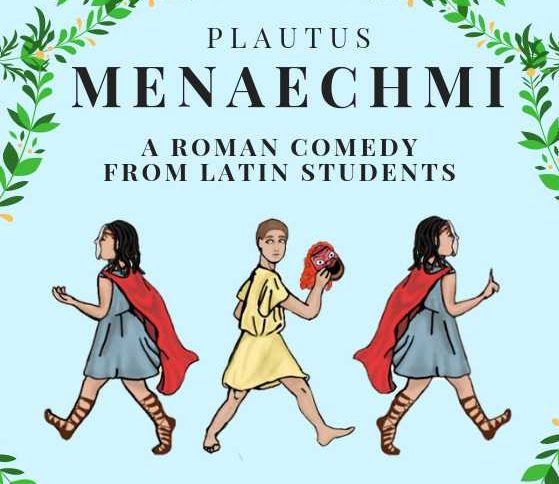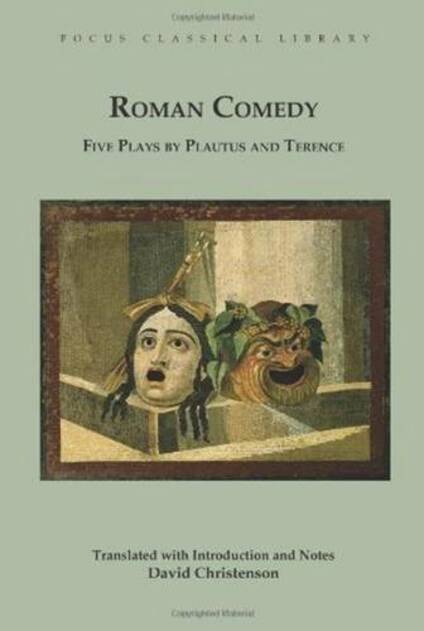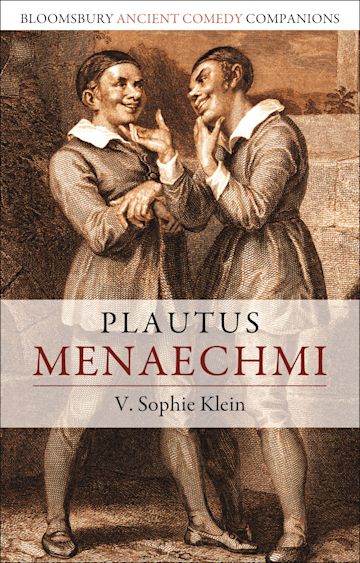

Ecclesiastical Latin remains the official language of the Holy See and the Roman Rite of the Catholic Church. Latin was the language of international communication, scholarship and science until well into the 18th century, when vernaculars (including the Romance languages) supplanted it.

Later, Early Modern Latin and New Latin evolved. Medieval Latin was used as a literary language from the 9th century to the Renaissance which used Renaissance Latin. Late Latin is the written language from the 3rd century its colloquial form Vulgar Latin developed in the 6th to 9th centuries into the Romance languages, such as: Italian, Sardinian, Venetian, Neapolitan, Sicilian, Piedmontese, Lombard, French, Franco-Provençal, Occitan, Corsican, Ladin, Friulan, Romansh, Catalan/ Valencian, Aragonese, Spanish, Asturian, Galician, Portuguese and Romanian. Vulgar Latin was the colloquial form spoken at that time and attested in inscriptions and the works of comic playwrights like Plautus and Terence and author Petronius. In particular, Latin (and Ancient Greek) roots are used in English descriptions of theology, the sciences, medicine, and law.īy the late Roman Republic (75 BC), Old Latin had been standardised into Classical Latin. Latin has contributed many words to the English language. Through the power of the Roman Republic, it became the dominant language in Italy, and subsequently throughout the western Roman Empire, before eventually becoming a dead language in the modern linguistic definition. Latin was originally spoken in the area around Rome, known as Latium. Latin ( latīnum, or lingua latīna, ) is a classical language belonging to the Italic branch of the Indo-European languages. For an introductory guide on IPA symbols, see Help:IPA.

Without proper rendering support, you may see question marks, boxes, or other symbols instead of Unicode characters. This article contains IPA phonetic symbols.

Range of the Romance languages, the modern descendants of Latin, in Europe.


 0 kommentar(er)
0 kommentar(er)
